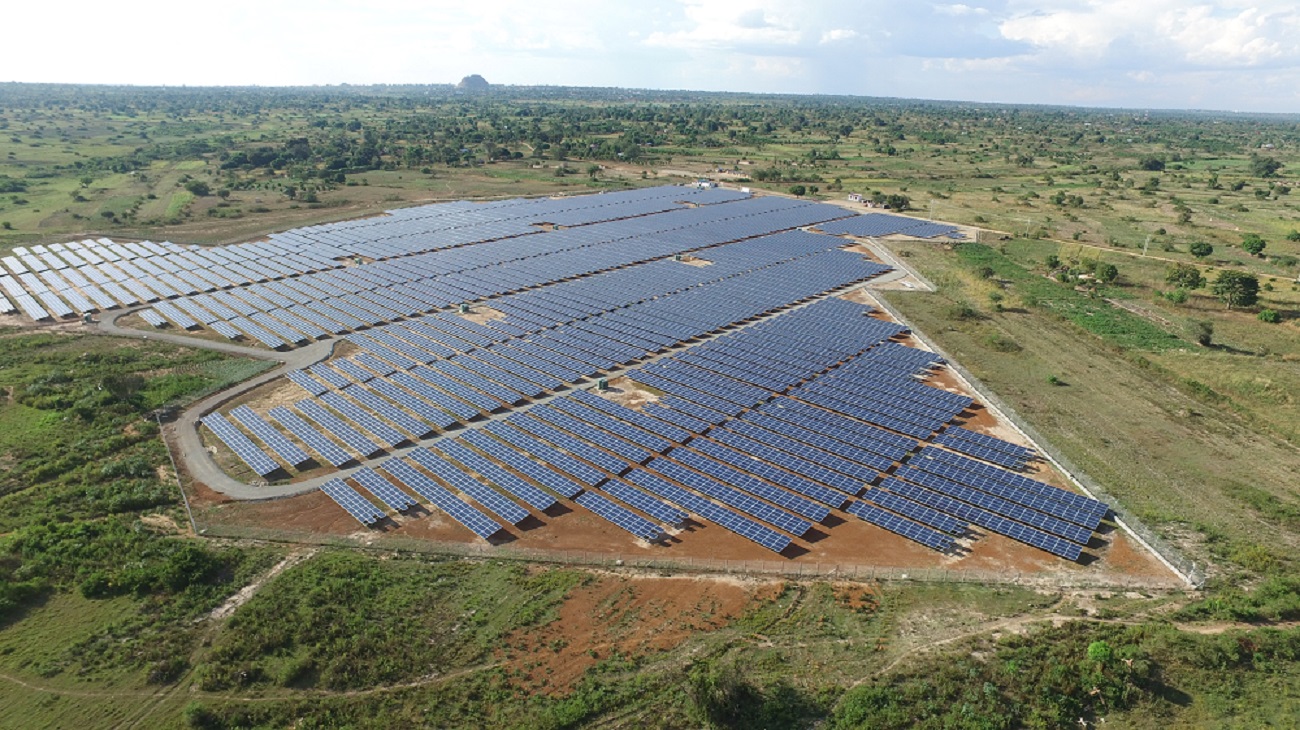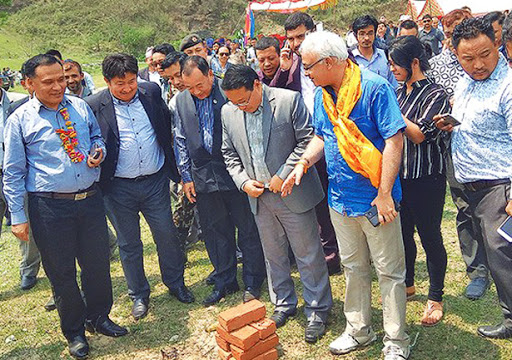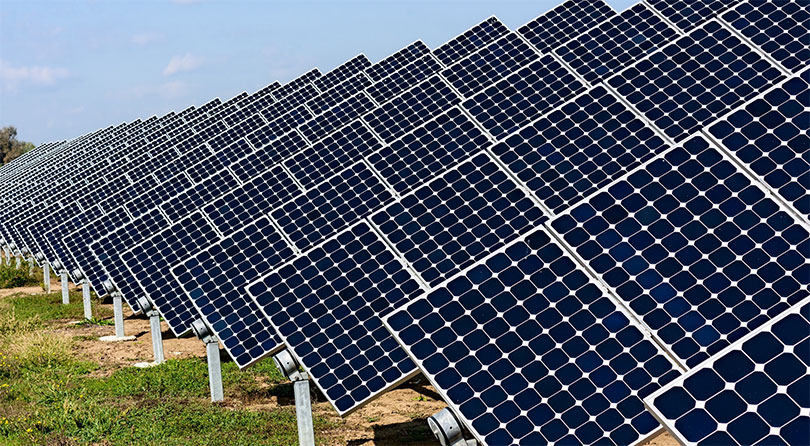On the basis of physics theory, energy is a property that could be transformed or manipulated in order to perform work. It is proved that energy cannot be created nor destroyed. Basically, at some level, humans can manipulate energy in accordance to make their daily work much easier and they do it by burning gas and wood to produce heat, burning fuels for cars, machines, and so on. In general concept, there are two types of energy we know so far. Renewable energy and Non-renewable energy. Renewable energy that kind of energy whose source of energy in infinite or other words, the energy which can be naturally replenished on a human timescale, such as sunlight, wind, rain, tides, waves, and geothermal heat. Meanwhile, non-renewable energy is those types of energy whose source is finite and if we used it continuously then one day will run out from it. Like for eg, carbon-based fossil, coal, minerals etc.
Todays world population is 7 billion and we need a massive amount of energy to survive and mostly our life depends on is a non-renewable energy. By using non-renewable energy we are simply destroying our planet. However, to tackle this vague problem, many scientists has made a great contribution to shifting human dependency from nonrenewable resources like for example, technology-related with solar energy, wind energy, geothermal energy, biomass, etc.
The world’s powerful government is investing billions of dollars to develop renewable energy technology. Similarly, Nepal has also initiated its effort to produce mass units of renewable energy. On 2018, the government of Nepal initiated built a 25MW solar power project which is considered as the largest renewable project of a nation. It was May 1 2018 when the Nepal government finally decided to established a project in Devghat, Nuwakot district. It is the largest photovoltaic project at a single location within the country.

The project was funded by the World Bank, in 2015 Feb. World Bank provided $130 million USD to the Nepal government in order to build a solar energy station. Out of the total amount, $37 million has spent on the installation of solar plants at Devghat and Trisuli in the Nuwakot district. Meanwhile, the funding of the project is possible when world bank extended a 38-year loan of USD 130 million (EUR ) to finance the 25-MWp solar project and grid upgrades aimed at reducing electricity distribution losses in Nepal. The project has built under China’s Risen Energy Co Ltd.

In April of 2018, Minister for Energy, Water Resources and Irrigation Barsha Man Pun stated that the project will be completed within one year and targeted to build solar plants with a total installed capacity of 500 MW within the next five years. But sadly, it took two years for them to produce 10MW. On June 2020 under the administration of Mr. Kulman Ghising, they have publically announce that 10 MW has been produced, and according to him within a month and a half, they will complete the whole project. The government of Nepal seems to be failed to deliver their promises, however, under Mr. KulMan Ghising’s administration the project might be complete in the given time.


